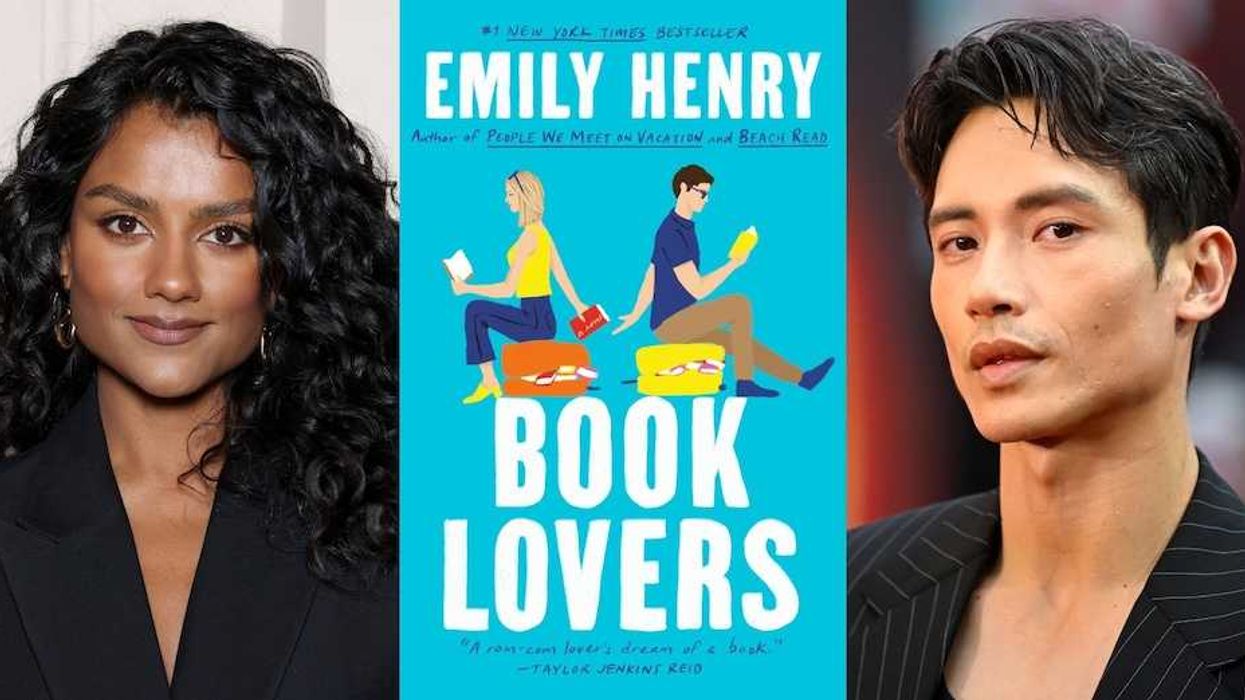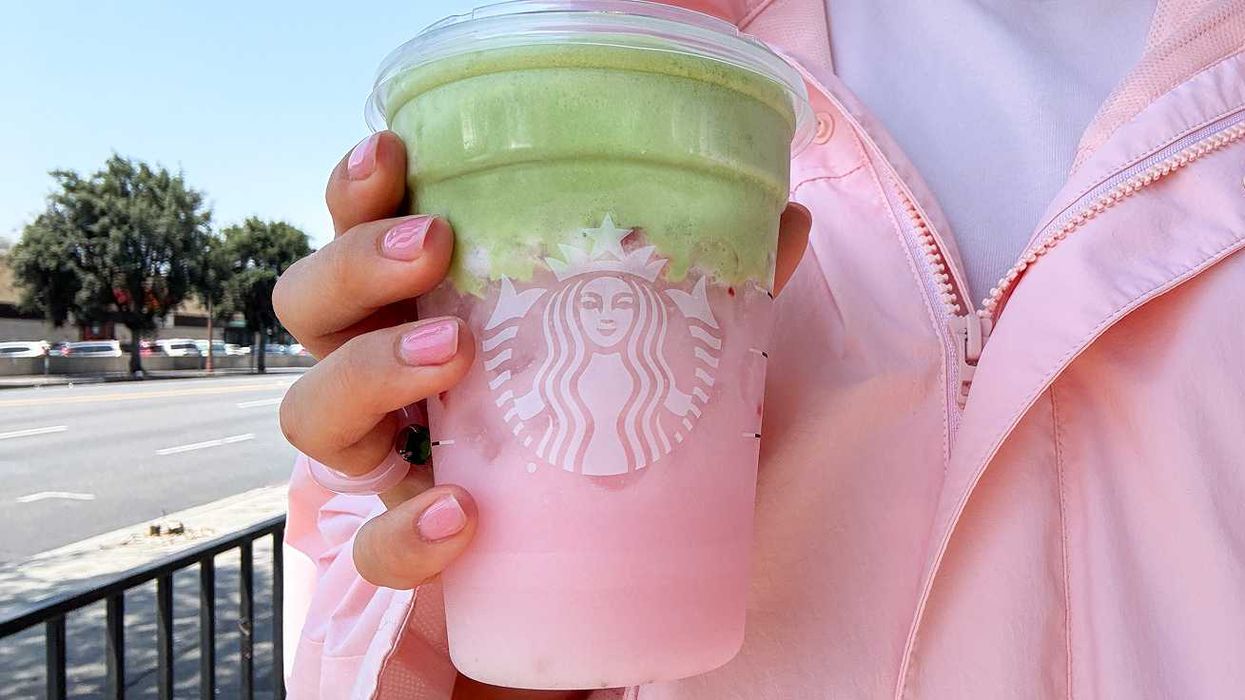These two should never be the same.
6 Easy Ways to Make Your Resume and LinkedIn Profile Stand Out

Switching jobs or making a leap at work takes major focus. Whether you’re researching the top 100 companies to work for, avoiding common resume mistakes or even sprucing up your LinkedIn profile with a snappy new professional headshot, dedicating time to each aspect of the application process can play an important role in bringing your #girlboss dreams to life. But how do you chose which content should live on your resume versus your LinkedIn profile? For some expert insight, we talked to Lauren McGoodwin, the founder of Career Contessa, a platform that empowers women to build fulfilling careers. Lauren explains the difference between your resume and LinkedIn profile, and how you should tackle six major areas of each to increase your chances of career success.
1. Format and style can make a great first impression. We always advise you to spend time jazzing up your resume. Lauren agrees and says, “Pay attention to formatting consistencies, font size and type on your resume, and organize your information in a way that makes it easy for a recruiter to scan. When I see sloppily designed resumes, I immediately put them in the “no” pile.” Because LinkedIn profiles come with a pre-formatted template, there’s naturally less opportunity to design your LinkedIn profile. You can, however, stand out by adding a background photo that expresses who you are or what you do and a great professional headshot.
2. Resumes and LinkedIn profiles are for different career goals. Lauren explains, “Your resume showcases your job history and accomplishments. Once you hit send, your resume is considered finished. Your career goal with a resume is almost always an interview — or job offer. On the other hand, your LinkedIn profile is a living example of your professional experience. You can post updates, share articles of interest, network, etc. Your career goal with a LinkedIn profile is to establish your professional brand on the largest professional network.” When you’re crafting either, make sure to keep your career goal in mind.
3. Know your job-seeking status. Are you an active or passive job-seeker? Lauren says to know your status, explaining, “Your resume is a static document sent out on a targeted basis to recruiters or companies you want to consider you for an open role. On LinkedIn, your profile is searchable, which makes you findable by anyone (including recruiters!).” Be ready to put the work in on sending out your resume (or not) and respond appropriately based on whether you want to leave your job ASAP or are only open to really amazing opportunities that you’re approached about.
4. Get the info and length right. Lauren told us that keywords play an important role in both your resume and your LinkedIn profile, but the amount you use for each one should differ. She advises, “Your resume should be tailored specifically to the company and role you’re applying for, while not exceeding a single page.” Your Linkedin profile can be more general and detailed, since it speaks to a super broad audience.
Lauren says, “Some of the most keyword rich sections of your LinkedIn profile are your headline and summary, so don’t forget to spend time on those.” She also recommends her clients treat LinkedIn like a master resume that features the majority of their experience, extracurriculars and work examples. Just remember to write for the web, which basically means breaking big paragraphs into chunks, using bulleted lists and formatting in a way that makes it easy for someone to scan.
5. Use your recommendations. LinkedIn allows for third party endorsements, and Lauren says that, yes, these definitely matter to recruiters. “What I love about the recommendations on LinkedIn is that they’re public and most people aren’t willing to publicly be associated with someone they don’t truly feel positive about.” However, since your resume should fit on a page, save your references for a later stage of the process and put them in touch with your prospective new employer via a more traditional email or phone call.
6. Keep in mind that LinkedIn is a social network. Lauren reminded us that, with over 300 million users, LinkedIn can act as the hub for all of your professional activity, including job history, professional recommendations, endorsements, work examples, status updates and “clickable” content, such as links to your website or social media profiles. She tells us, “While LinkedIn is also a great place to find and connect to others in your target industry or company, a resume is still NOT a social network and limited in its reach.” Don’t have a one-track resume mind. Take advantage of everything that LinkedIn has to offer by becoming active in industry groups and sharing your ideas in long-form posts.
How do your LinkedIn profile and resume differ? What tips would you add to Lauren’s list? Tell us @BritandCo!
(Photos via Getty)

















